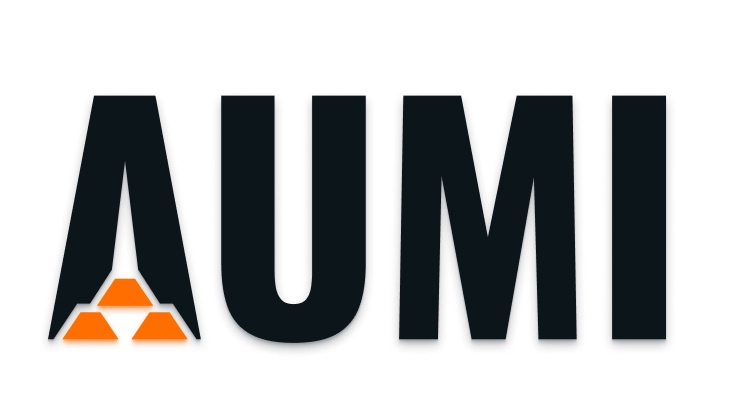Defense: A Crucial Industry
The defense industry plays a crucial role in national and international security by providing the capabilities and technologies necessary to deter aggression and protect sovereign interests. In today’s increasingly unstable geopolitical environment, countries cannot afford to take defense lightly.
A driving force behind technological progress, the defense industry is renowned for fostering innovation in fields such as aerospace, advanced materials, and cybersecurity and this innovation often leads to technologies that benefit civilian sectors. Beyond its security function, the defense industry also contributes significantly to economic stability through job creation, manufacturing, and research and development.
Global Defense Spending is Rising
Over the past decade, global defense spending has increased significantly, driven by a convergence of factors that have reshaped the international security landscape. In Europe and the Middle East, wars have served as a stark reminder of the potential for large-scale conventional warfare, prompting countries to dramatically increase their defense budgets. Growing concerns over certain countries’ strategic power ambitions, cybersecurity threats, and advancements in weaponry have also fueled substantial increases in defense spending across the world.
Europe has Underspent on Defense Since the Cold War
Since the end of the Cold War in the early 1990s, European countries have underspent on defense. According to JP Morgan, there is a €1.8 trillion gap between what was spent on defense over this period and what would have been spent if the NATO target of 2% of GDP had been met1.
This underspending – which has left European defense inventories very low – is now being acknowledged. As a result, European countries are scrambling to increase their defense budgets.
According to Morningstar, European defense expenditures as a proportion of GDP will reach 3.1% by 2029 and 3.5% by 20322, up from 1.9% in 2024. Should European defense spending reach 3.5% of GDP by 2032, that would translate to an additional $300 billion in spending per year on average.
Europe’s Plan to Enhance its Defense Capabilities
In March 2025, the European Commission announced a five-part plan to bolster Europe’s defense capabilities. Declaring that Europe had entered an “era of rearmament”, President Ursula von der Leyen presented a defense package called “ReArm Europe”, proposing more fiscal space for member state defense investments, as well as €150 billion in loans for these investments.
The Technologies Reshaping the Defense Industry
Today, the defense industry is undergoing rapid transformation due to technological advancements. Here are five technologies that are reshaping the industry:
Robotics and Autonomous Systems – Unmanned aerial vehicles (UAVs), autonomous underwater vehicles (AUVs), and ground robots are changing the way military operations are conducted. These systems can conduct surveillance, perform dangerous missions, and provide logistical support, reducing the risk to human lives.
Artificial Intelligence (AI) – AI is revolutionizing various aspects of defense, from threat detection to decision-making. One key advantage of AI is that it can analyze vast amounts of data to provide real-time situational awareness.
Cybersecurity – With increasing reliance on digital systems, cybersecurity has become paramount for the defense industry. Today, defense organizations globally are investing in cybersecurity technologies to protect their networks and critical infrastructure from attacks.
Advanced Materials – The development of new materials is leading to lighter, stronger, and more durable military equipment. These materials are used in everything from body armor to aircraft to vehicles.
3D Printing – 3D printing is transforming defense manufacturing by enabling on-demand production of parts and equipment. Using this technology, organizations can reduce their reliance on traditional supply chains.
The Advantages of Investing in Defense Stocks
Investing in defense stocks can offer several potential advantages including:
Stability and Predictability – Government defense budgets tend to be relatively stable. This can provide predictability in revenue streams for defense companies and a degree of resilience during economic downturns.
A Geopolitical Hedge – Defense stocks can potentially act as a hedge against geopolitical instability. When tensions rise, investors often gravitate towards defense stocks in a phenomenon known as a “flight to arms”.
Technological Innovation – Defense companies are often at the forefront of technological innovation, particularly in areas such as aerospace, cybersecurity, and advanced materials. This can lead to long-term growth in revenues.
High Barriers to Entry – The defense industry generally has high barriers to entry due to stringent regulations, strict security clearances, and specialized manufacturing processes. This can create competitive advantages for established companies.
Dividend Income – Many defense companies have a history of paying dividends. Therefore, defense stocks can potentially offer two sources of return.
The Themes Transatlantic Defense ETF
Investors seeking exposure to defense stocks may want to look at the Themes Transatlantic Defense ETF (Ticker: NATO*). This tracks an index of aerospace and defense companies headquartered in NATO member countries and provides access to around 60 different companies in total.
Footnotes:
*The Fund is not endorsed by NATO (North Atlantic Treaty Organization) and is not affiliated with or in any way related to NATO (North Atlantic Treaty Organization).
1Proactive, European defence rearmament cycle will last a decade, says investment bank, as of March 26, 2024
2Morningstar, Defense Stocks Soar Amid Looming Transatlantic Split, as of March 3, 2025







